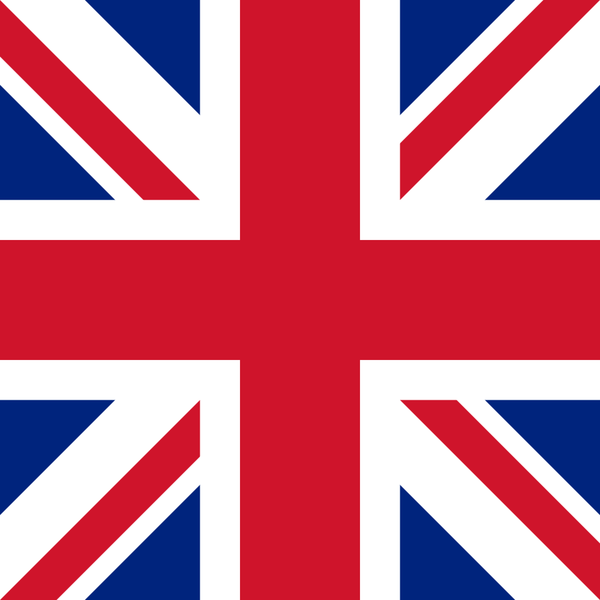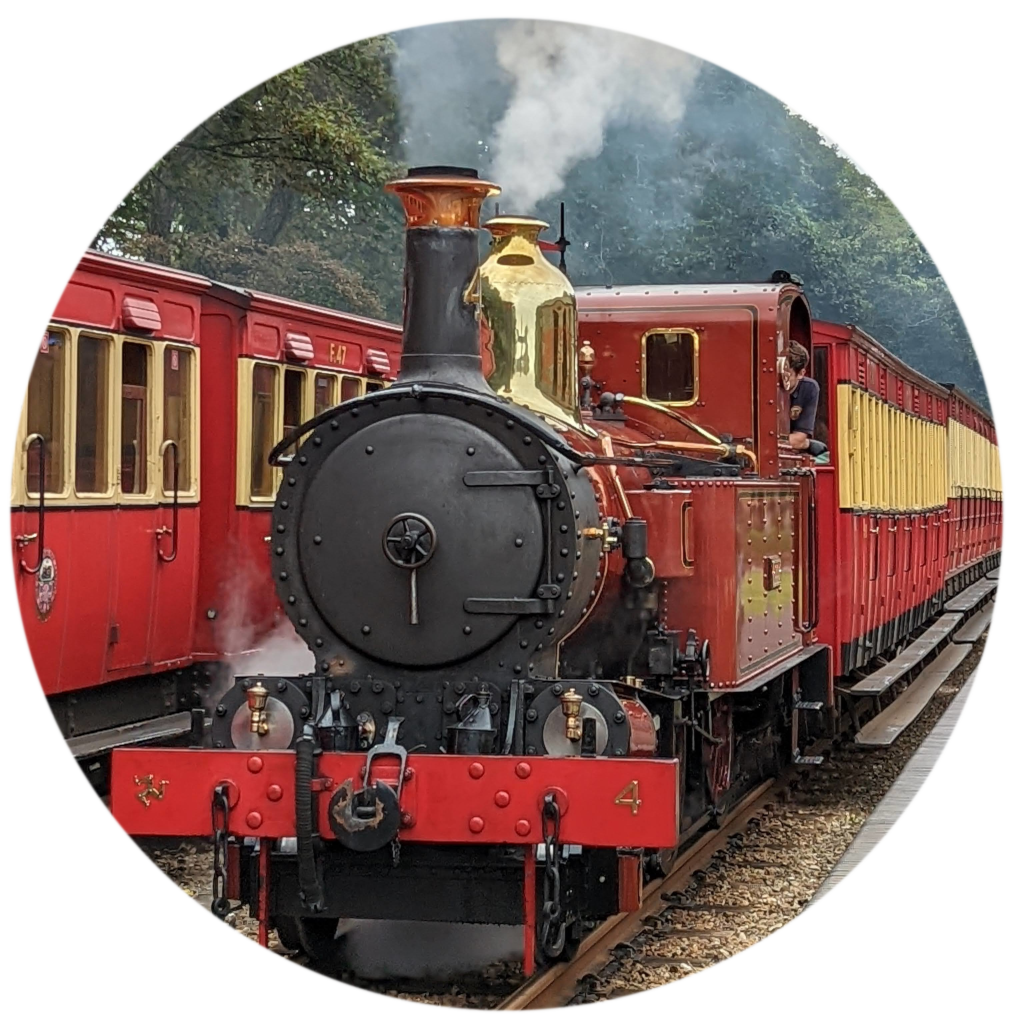

I’m currently reading Babel by RF Kuang, which definitely can’t be described as woman-centric (indeed, a major criticism is that its female characters are relatively shallow and few and far between). Good book though.
If you want an old classic to try, give Lud-in-the-Mist by Hope Mirrlees a go. Very unique and fairly influential cult classic from 1926.





























It looks like the page for what will presumably be the paid-for game is here:
https://store.steampowered.com/app/2870330/Grocery_Store_Tycoon/
Not released yet, though.